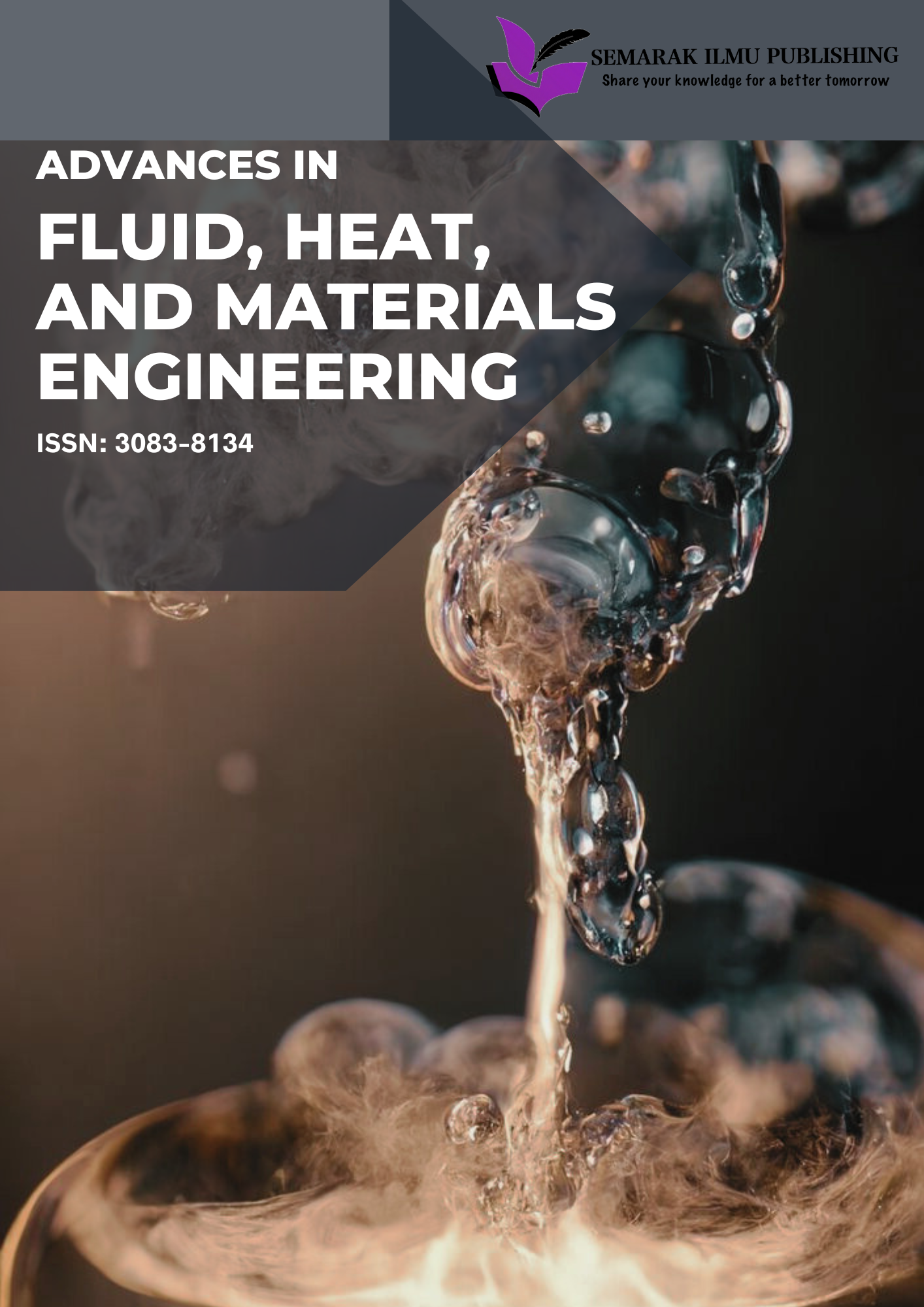Impact of Cough Dynamics and Mask Usage on COVID-19 Particle Dispersion in Open Air: A CFD Analysis
Abstract
The COVID-19 pandemic underscores the crucial need for effective safety measures and guidelines to reduce viral transmission during gatherings. This study aimed to assess the flow characteristics and necessary safety distances in a model simulating coughing in public settings. To accomplish this, various velocities were tested to visualise and analyse the fluid spread dynamics. Previous research has indicated that the average coughing velocity of an adult ranges from 10.6 m/s to 15.3 m/s. Consequently, this study examined three velocity groups: 11 m/s, 13 m/s, and 15 m/s. In the model, the mouth served as the inlet, whereas the surrounding air acted as the pressure outlet. The results suggest that a safe distance of at least 2 m is recommended to mitigate the risk from an unmasked individual. However, this does not rule out the possibility of droplets travelling further. This study acknowledges certain limitations, including the interaction of physical factors such as wind direction and speed with biological factors such as infectious dose, which collectively influence the risk of transmission in open-air environments.









